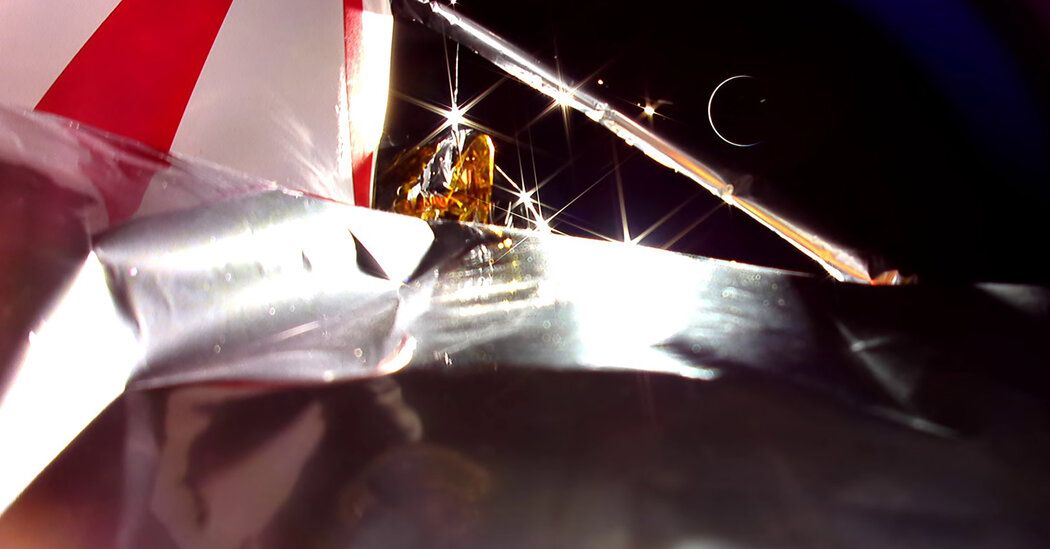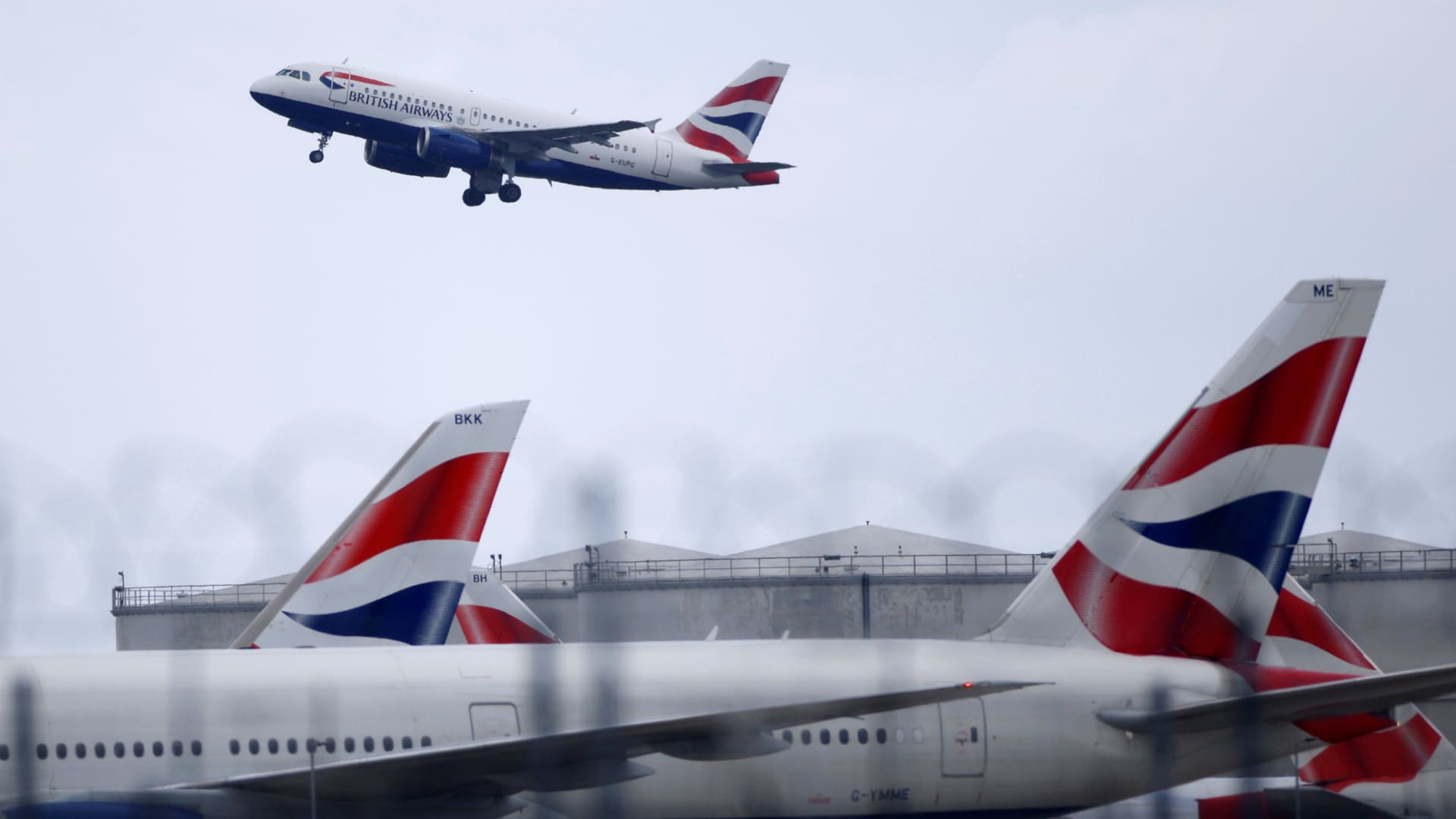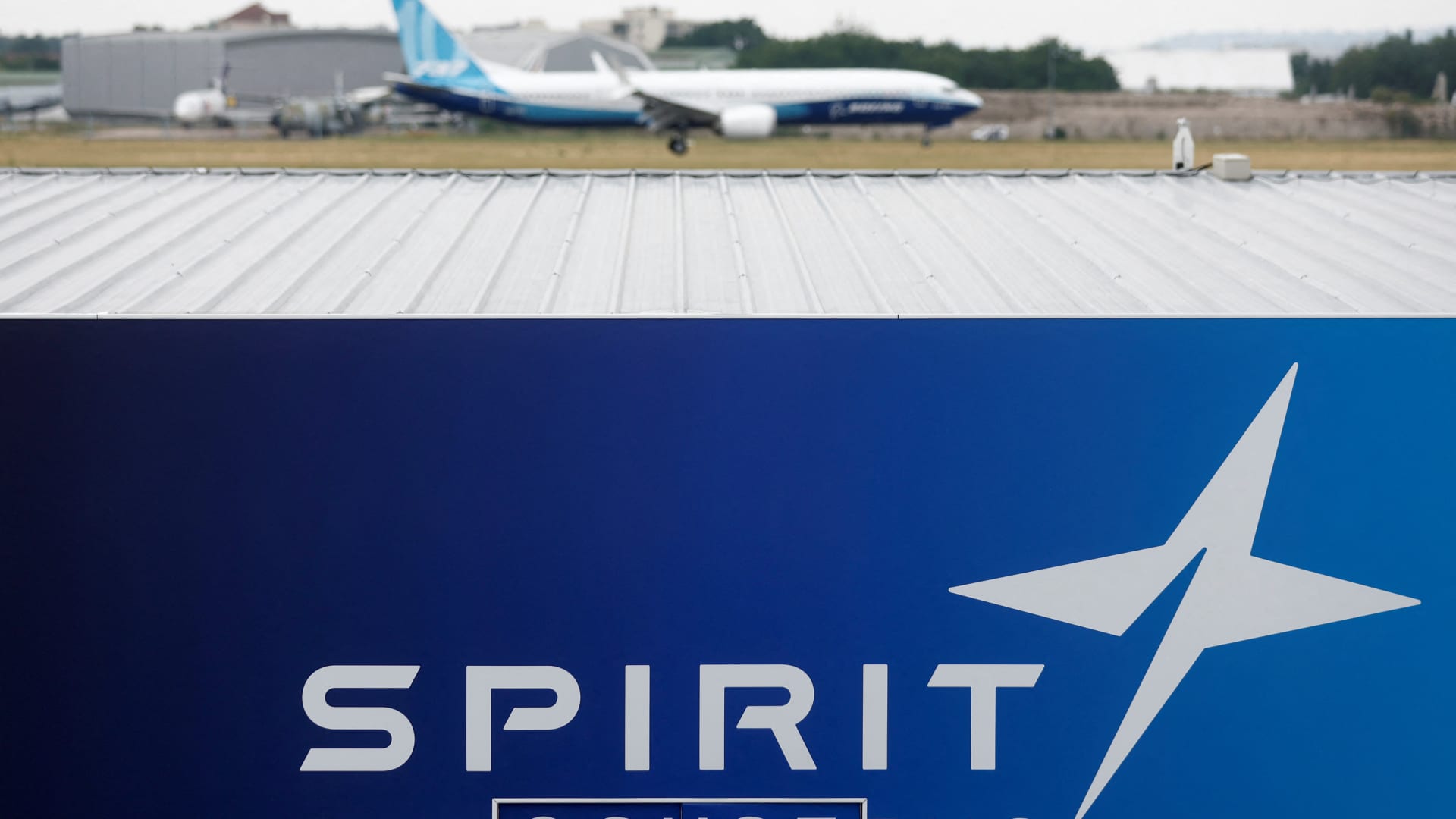January 19: This article was updated to include information from a press conference the day after it was first published.
A spacecraft headed for the moon's surface ended up back on Earth, burning up in the planet's atmosphere Thursday afternoon.
Pittsburgh astrobotics technology announced in a post on social network which lost communication with its Peregrine lunar lander at 3:50 p.m. Eastern Time, which served as an indication that it entered Earth's atmosphere over the South Pacific around 4:04 p.m.
On Friday, US Space Command confirmed the destruction of Peregrine. Astrobotic will assemble a review board of space industry experts to find out what went wrong.
It was an intentional, if disappointing, end to a journey that lasted 10 days and covered more than half a million miles, with the ship traveling beyond the moon's orbit before returning to Earth. But the spacecraft never got close to its landing destination on the near side of the Moon.
The spacecraft's main payloads were from NASA, part of an effort to conduct experiments on the Moon at a lower cost by using commercial companies. Astrobotic's launch was the first for the program, known as Commercial Lunar Payload Services or CLPS. NASA paid Astrobotic $108 million to transport five experiments that cost $9 million to build.
Peregrine launched safely Jan. 8 from Cape Canaveral, Florida, on the debut flight of a new rocket known as Vulcan. But shortly after separating from the rocket's second stage, its propulsion system suffered a major malfunction and the spacecraft was unable to keep its solar panels pointed at the sun.
Astrobotic engineers managed to reorient Peregrine so its battery could be recharged. But the propellant leak made the planned moon landing impossible. The company's current hypothesis is that a valve failed to close, causing a flow of high-pressure helium to rupture a propellant tank.
Astrobotic initially estimated that Peregrine would run out of propellant and die within a couple of days. But as the leak subsided, the spacecraft continued to operate. All 10 powered payloads, including four from NASA, successfully ignited, demonstrating that the spacecraft's power systems worked. (NASA's fifth payload, a laser reflector, did not need power.) Other customer payloads also powered up, including a small rover built by students at Carnegie Mellon University and experiments for the German and Mexican space agencies.
“After that anomaly, we had victory after victory after victory, which showed that the spacecraft was working in space,” John Thornton, CEO of Astrobotic, said during Friday's press conference.
Over the weekend, the company said the spacecraft, blown off course by a propellant leak, was on track to burn up in Earth's atmosphere. The company said it had decided to leave Peregrine on that trajectory to avoid the possibility of the crippled spacecraft colliding with satellites around Earth.
More landers are aiming for the moon.
On Friday, a Japanese robotic spacecraft currently orbiting the moon, SLIM, managed a lunar landing, although it was running out of power due to problems with its solar panel.
The next NASA-funded commercial mission, carried out by Intuitive Machines of Houston, could launch in mid-February.
Astrobotic has a contract with NASA to deliver a much larger payload to the Moon: the Volatiles Investigating Polar Exploration Rover, or VIPER. VIPER will tour the Moon's south polar region and enter permanently shadowed craters that are some of the coldest places in the solar system. That mission is to gather key scientific reconnaissance before the astronauts head there.
While the cost of NASA's Peregrine experiments was $9 million, it will cost more than $430 million to build and operate, and will travel aboard Astrobotic's largest lander, Griffin.
The VIPER mission is currently scheduled to launch in November, but that would mean NASA would have to fly a key and expensive vehicle on an untested spacecraft from a company that has yet to successfully land on the moon.
Joel Kearns, deputy associate administrator for exploration in NASA's science directorate, said during Friday's news conference that he wanted to see the results of the investigation into what went wrong with Peregrine before deciding whether to make any changes to his contract with Astrobotic for VÍBORA delivery.
“We want to make sure we really understand the root cause and contributing factors of what happened at Peregrine,” Dr. Kearns said, “and whether we need to modify our plans for Griffin.”








